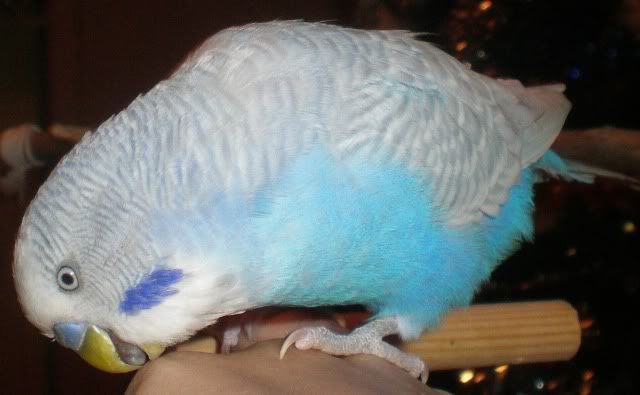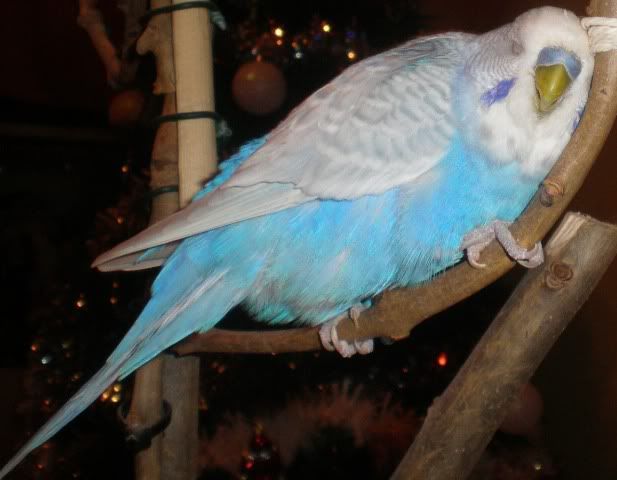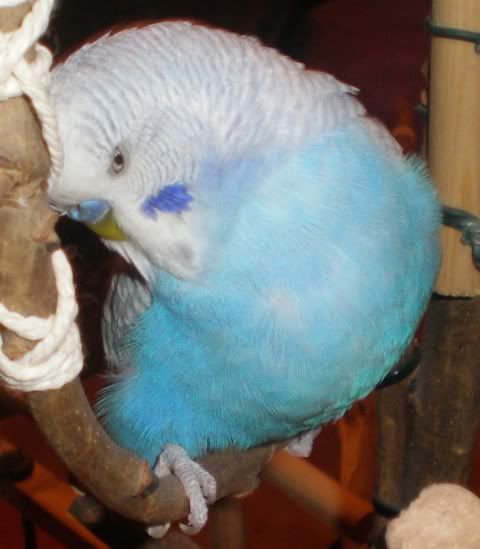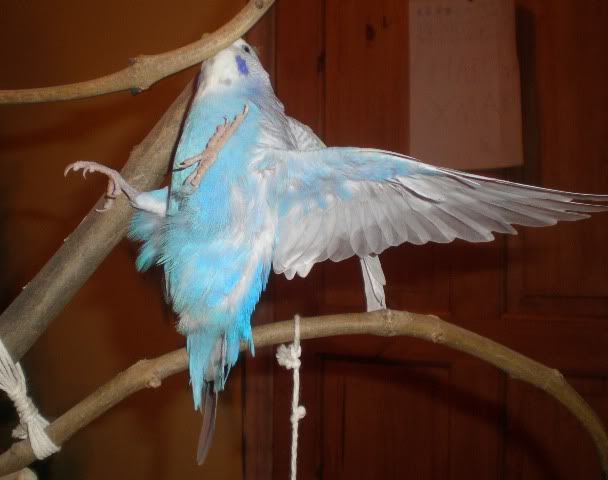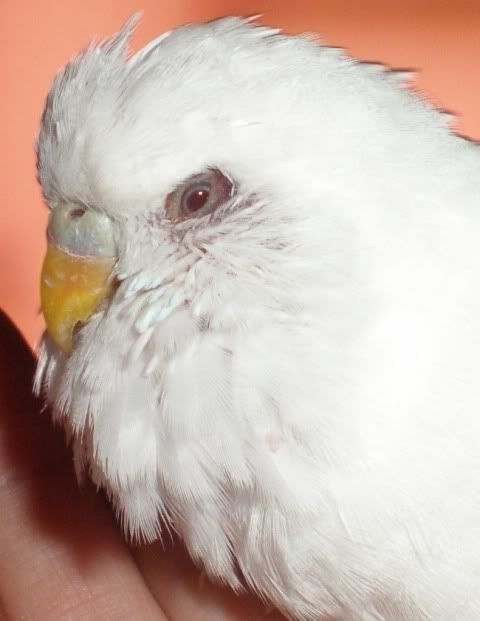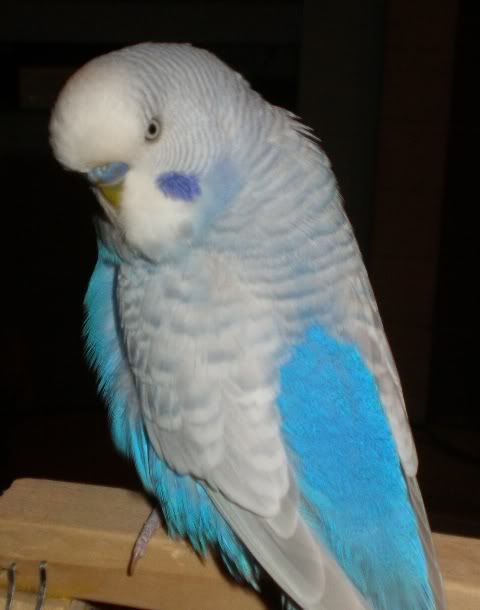Splayed legs in a chick is where the chicks leg or legs are turned out from the body (a bit like an aeroplane wing) as you see on the chicks left leg below:

Causes of splayed legs can range from things like calcium deficiency, the hen sitting too tight on her chicks and a slippery nest box floor.
To help prevent splayed legs in chicks you must plan ahead. Give the hen extra calcium during her breeding season, Calcivet in her drinking water during laying and while the chicks are growing will help her lay strong eggs and give strong chicks (always follow the instructions on the bottle as Calcivet can be overdosed).
Always leave any unhatched eggs in the nest box as the newly hatched chicks can use them to support themselves. If all the eggs do hatch then place either a glass marble or a white pebble that is just a bit larger than the eggs in with the chicks, this will prevent the hen sitting too tight on her chicks.
A slippery nest box floor, in my opinion, is one of the worst culprits for splayed legs.
As many of you will know the nest box concave is sometimes roughed up by the manufacturer to prevent slipping but the rest of the floor is shiny and slippery and not nearly rough enough for the little chicks feet to grip, causing their legs to slide apart which results in the chicks not being able to stand properly and developing splayed legs.
Use plenty of wood shavings (not saw dust) in the nest box and if possible roughen up the nest box floor. You could also use a canary nest pad as I do. Although I have not seen anyone else use my method in a budgie nest box, it does work for me.
What I did was to cut a wedge out of it and taped it together to form a small cone like shape that fit the concave so the eggs didn't roll out. Another thing that I did (although it's not shown in the picture) was to cut out some more nest pad to shape and covered the rest of the nest box floor with it.
It was just like they had wall to wall carpeting in their nest box and it did stop their feet from slipping about when they went wondering about or stood up.

After all this, if chick still develops splayed legs you can repair them if it's detected early enough by placing a splint on their legs. There are various methods you can use but the most common is to use soft wool.
Personally, I would recommend using a pipe cleaner because it's easier than trying to tie a fiddly knot. With a pipe cleaner you can just bend it around the chicks legs and also they have a soft woolen covering.
To repair splayed legs it's best if the chick is on it's back and there are two people as it makes it easier to bind the legs together.
Firstly, wrap the pipe cleaner around one leg just above the ankle and twist the pipe cleaner to make a loop around the ankle, not too tight but not loose enough for the chick to slip it's foot out.
Next, put the legs together to just less than the normal standing position and wrap the pipe cleaner around the other leg making another loop around the ankle, making sure to cut of any excess pipe cleaner.
The splint will need to be left on for anything from a few days or up to three weeks depending on severity and the age of the chick. Remove the splint every few days to see if the chick can walk. If it's ok then leave the splint off and keep an eye on the chicks progress, but if the legs are still splayed then replace the splint.
Sometimes the hen will reject the chick or try to pull the splint off. If this happens then you may have to hand rear the chick.
Here is a pic of a chick called TeenyWeeny with splayed legs all splinted up;

If splayed legs are not treated early enough then the chick will remain crippled for the rest of it's life. As the chick grows older and develops, it's bones calcify, meaning that their bones will have hardened and are no longer soft and pliable and therefore cannot be corrected so any correction must be done before the chick is two weeks old otherwise it might be too late for the chick.
Although chicks survive and do learn to adapt (with our help) with one splayed leg, having two splayed legs is different because the chick cannot stand at all so all it's weight is on it's vital organs and it will probably die.
This is TeenyWeeny from the leg splint picture all grown up:

There is another article on splayed legs here
http://www.cagenbird.com/splayed_leg.htm===============Resource Box===========
Kim keeps pet budgerigars and loves to help new
budgie owners as much as she can.
Visit Adorable Budgies for more information, pictures
and forum
http://adorablebudgies.co.uk/forum====================================
This article is available for reprint in your opt-in ezine,
web site or ebook. You MUST agree not to make any changes
to the article and the RESOURCE BOX MUST be included.
(c)
AdorableBudgies.co.uk All Rights ReservedSpecial thanks to our forum members Max and Nat for the kind use of their pictures, and to Kim for taking the time to put this article together.














